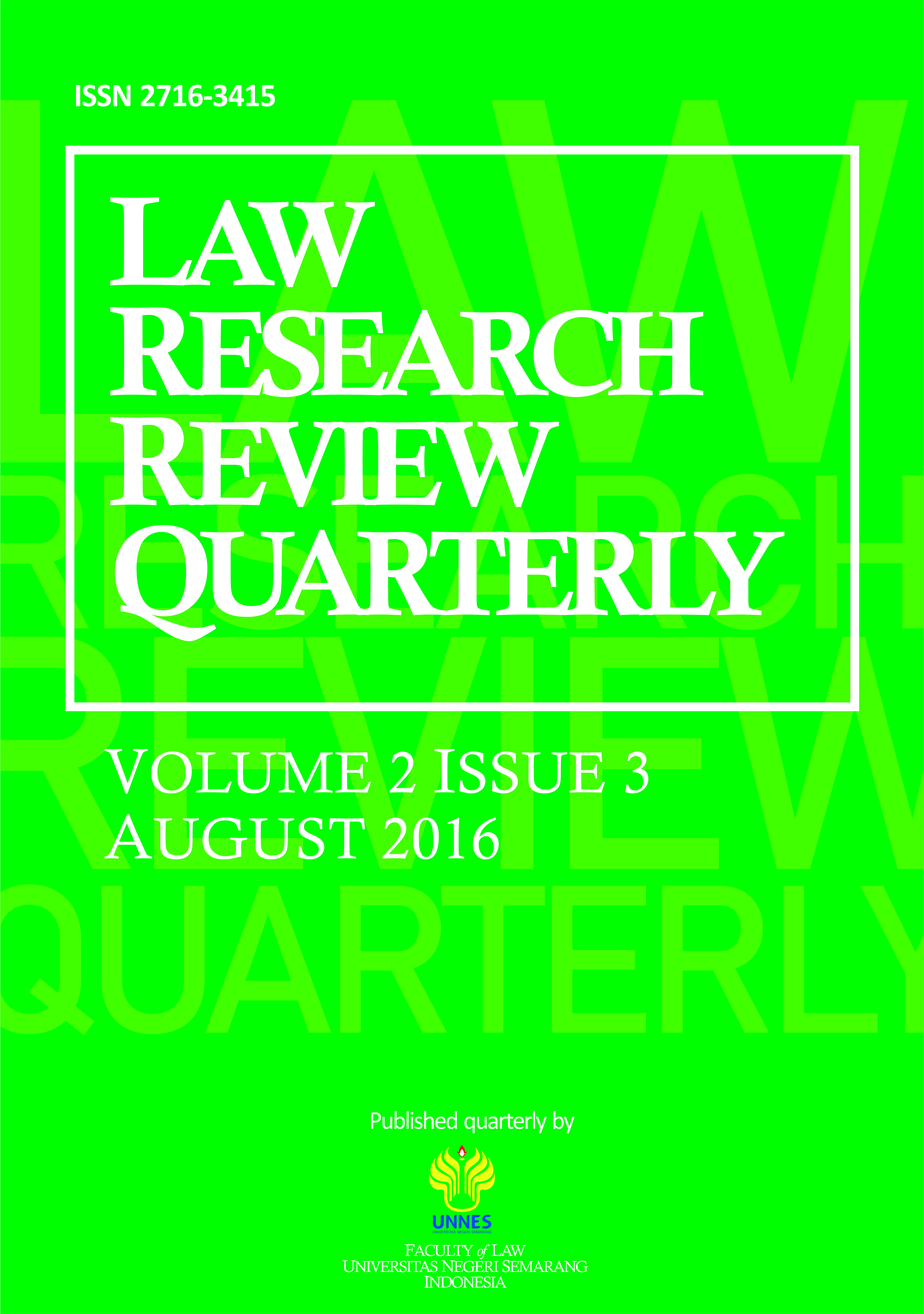Actualization & Implementation of Pancasila Values in Developing and Developing the Nation's Character
Main Article Content
Abstract
The deviation of the practice of Pancasila can be in the form of addition, subtraction, and deviation from the proper meaning. Although along with that, there is often an attempt to re-align. Pancasila is often classified into the middle ideology between two of the world's most influential ideologies, so it is often characterized as not this and not. Furthermore, the globalization era demands changes. Likewise, the Indonesian nation at the moment is undergoing massive changes caused by external and domestic influences. Changes faced in social, national and state life are taking place quickly and to deal with the development of Science, Technology and Art. To deal with this, all parties are required to anticipate it, so that they can become good Indonesian citizens. Actualizing the value of Pancasila into the life of society, nation and state is a necessity, so that Pancasila will always be relevant in its function to provide guidelines for policy making and problem solving in the life of the nation and state. So that the loyalty of citizens and citizens to Pancasila remains high. On the other hand, apathy and resistance to Pancasila can be minimized. The substance of the dynamics in the actualization of the values ​​of Pancasila in praxis is that there is always a change and renewal in transforming the value of Pancasila must be implemented into the norms and practices of national and state life by maintaining consistency, relevance, and contextualization.
Article Details
All writings published in this journal are personal views of the authors and do not represent the views of this journal and the author's affiliated institutions. Author(s) are retain the copyrights of the Article. However, before publishing, it is required to obtain written confirmation from Author(s) in order to ensure the originality (Author Statement of Originality). The statement is to be signed by at least one of the authors who have obtained the assent of the co-author(s) where applicable.This work licensed under a Creative Commons Attribution-ShareAlike 4.0 International (CC BY-SA 4.0)
